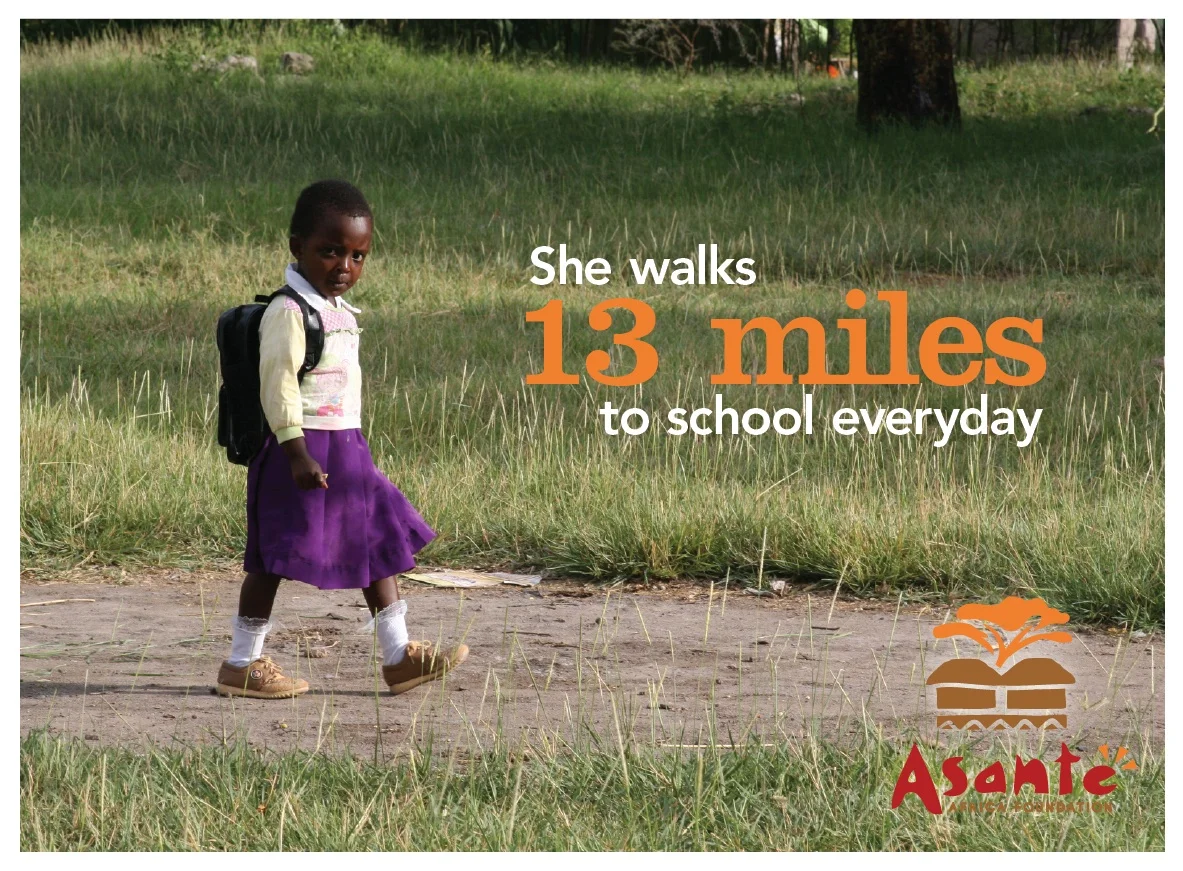Walking 13 miles is a significant physical challenge, often compared to completing a half marathon, and understanding how long it takes can help you set realistic goals. Factors such as age, gender, and overall fitness level play crucial roles in determining your walking speed and endurance, making it essential to consider these variables when planning a long-distance walk. Whether you’re aiming to improve your average walking time, learn about the differences in walking speeds between men and women, or simply want to ensure you’re prepared for the journey, understanding these factors can help you optimize your performance.
- Age impacts muscle mass and endurance, affecting walking speed.
- Gender differences contribute to variations in stamina and pace.
- Proper preparation and technique are key to improving walking times.
By taking these factors into account, you can better prepare for a 13-mile walk, set achievable goals, and track your progress along the way.
Factors Affecting Walking Speed
Walking speed is influenced by a variety of factors, including age, gender, and overall health. Understanding these variables can help you better prepare for long-distance walks and improve your performance.
H2: Age and Physical Fitness
Age plays a significant role in determining walking speed. As people age, muscle mass and endurance tend to decrease, leading to slower walking speeds.
- 20s and 30s: Individuals in their 20s and 30s generally have the fastest walking speeds. This is because they are typically in their physical prime, with strong muscles and good cardiovascular health. On average, people in this age group can walk 13 miles in approximately 3.5 to 4 hours.
- 40s and 50s: As people enter their 40s and 50s, they may notice a slight decline in walking speed. Muscle mass begins to decrease, and endurance might not be as strong as it once was. However, regular exercise can help maintain a good walking pace, allowing individuals in this age group to complete 13 miles in about 4 to 4.5 hours.
- 60s and older: In the 60s and beyond, walking speeds tend to slow down more significantly. Factors like joint health, reduced muscle mass, and lower energy levels contribute to this change. On average, individuals in this age group might take 4.5 to 5 hours or more to walk 13 miles.
Despite the natural decline in walking speed with age, regular physical activity can help maintain a good pace. Engaging in strength training, cardio exercises, and flexibility routines can mitigate some of the age-related declines, allowing older adults to stay active and healthy.
H2: Gender Differences in Walking Speed
Gender also plays a role in walking speed, with men and women often exhibiting different paces due to physiological differences.
- Men vs. Women: Men generally have more muscle mass and a higher level of testosterone, which contributes to greater strength and endurance. As a result, men tend to walk faster than women. On average, men can walk 13 miles in about 3.5 to 4 hours, while women may take 4 to 4.5 hours.
- Hormonal Differences: Hormones such as estrogen in women and testosterone in men affect energy levels and stamina. For example, during certain phases of the menstrual cycle, women may experience changes in energy levels that can impact their walking speed. Understanding these hormonal fluctuations can help women plan their long walks more effectively.
- Body Composition: Men and women have different body compositions, with men generally having a higher percentage of lean muscle mass. This difference in muscle mass can lead to variations in walking speed, as more muscle typically allows for faster movement and better endurance.
While these gender differences exist, they are not absolute. With proper training and preparation, both men and women can achieve impressive walking times for long distances like 13 miles.
H2: Health and Fitness Levels
Your overall health and fitness level are critical factors in determining your walking speed and ability to complete long distances.
- Cardiovascular Health: A strong cardiovascular system is essential for maintaining a steady walking pace over long distances. Regular aerobic exercises like walking, jogging, or cycling can improve cardiovascular health, leading to better endurance and faster walking times.
- Muscle Strength: Strong muscles, particularly in the legs, are crucial for walking long distances. Strength training exercises such as squats, lunges, and leg presses can help build and maintain the muscle mass needed for efficient walking.
- Common Health Conditions: Certain health conditions can slow down your walking pace. For example, arthritis can cause joint pain and stiffness, making it difficult to walk quickly. Obesity can also impact walking speed, as carrying extra weight requires more energy and effort. Managing these conditions through proper medical care and physical activity can help improve walking speed.
Maintaining a healthy lifestyle with regular exercise, a balanced diet, and adequate rest is key to improving and sustaining your walking speed, regardless of age or gender.
H2: Terrain and Environmental Factors
The terrain you walk on and the environmental conditions you face can significantly impact your walking speed.
- Flat vs. Hilly Terrain: Walking on flat terrain is generally easier and faster than walking on hilly or uneven surfaces. Hills require more effort, as you need to push against gravity to move upward, which can slow down your pace. On the other hand, walking downhill can increase your speed, but it may also be more taxing on your joints.
- Weather Conditions: Weather plays a crucial role in walking performance. Hot and humid conditions can lead to dehydration and fatigue, slowing you down. Cold weather can also impact your muscles, making them stiff and less flexible. Rain, snow, or icy conditions can create slippery surfaces, increasing the risk of falls and injuries, and reducing your walking speed.
- Surface Type: The type of surface you walk on also affects your pace. Smooth, paved paths are easier to walk on and allow for faster speeds, while rough, gravelly, or sandy surfaces can slow you down.
To optimize your walking speed, it’s important to choose the right terrain and be mindful of the weather conditions. Planning your walk during cooler times of the day or in more favorable weather can help you maintain a steady pace.
H2: Walking Technique and Footwear
Your walking technique and the footwear you choose can greatly influence your speed and comfort during a 13-mile walk.
- Proper Walking Technique: Walking efficiently involves maintaining good posture, using a natural stride, and keeping a steady rhythm. Your posture should be upright, with your shoulders relaxed and your eyes looking ahead. Your stride length should be comfortable, not too long or too short, to avoid unnecessary strain on your muscles and joints. Swinging your arms naturally in sync with your steps can also help maintain balance and momentum.
- Choosing the Right Footwear: The shoes you wear can make a significant difference in your walking experience. Proper walking shoes should provide good arch support, cushioning, and a comfortable fit. They should also have a flexible sole that allows for natural foot movement. Wearing shoes that are too tight, too loose, or lack support can lead to blisters, foot pain, and even injuries, all of which can slow you down.
- Stride Length and Pace: Adjusting your stride length and pace can help improve your walking speed. A slightly longer stride can cover more ground with each step, but be careful not to overextend, as this can lead to muscle strain. Increasing your pace by taking quicker, shorter steps can also boost your speed without compromising comfort.
By focusing on proper walking technique and wearing the right footwear, you can walk more efficiently, reduce the risk of injury, and maintain a faster pace over long distances.
Average Walking Times for 13 Miles by Age and Gender
Understanding the average walking times for 13 miles by age and gender can help you set realistic goals and measure your progress.
H2: Walking Times for Different Age Groups
Walking times can vary significantly depending on age. Here’s a breakdown of average times to walk 13 miles for different age groups:
- 20s and 30s: Individuals in their 20s and 30s are typically in their physical prime, with strong muscles and good cardiovascular health. On average, people in this age group can walk 13 miles in about 3.5 to 4 hours. They are likely to maintain a steady pace of around 3.5 to 4 miles per hour.
- 40s and 50s: As people enter their 40s and 50s, they may notice a slight decline in walking speed. However, regular exercise can help maintain a good pace. On average, individuals in this age group can walk 13 miles in about 4 to 4.5 hours, with a pace of around 3 to 3.5 miles per hour.
- 60s and Older: In the 60s and beyond, walking speeds tend to slow down more significantly. On average, individuals in this age group might take 4.5 to 5 hours or more to walk 13 miles, with a pace of around 2.5 to 3 miles per hour.
These averages can vary depending on an individual’s fitness level, health status, and walking experience. Some older adults who maintain regular physical activity may be able to match or even exceed the walking times of younger individuals.
H2: Comparing Male and Female Walking Times
Men and women often have different walking speeds due to physiological differences. Here’s a comparison of average walking times for 13 miles between men and women:
- Men: Men generally have more muscle mass and a higher level of testosterone, which contributes to greater strength and endurance. On average, men can walk 13 miles in about 3.5 to 4 hours, maintaining a pace of around 3.5 to 4 miles per hour.
- Women: Women may take slightly longer to walk 13 miles, with an average time of about 4 to 4.5 hours. Their pace is typically around 3 to 3.5 miles per hour. Hormonal differences and body composition can contribute to these variations.
- Variability in Times: While these averages provide a general idea of walking times, it’s important to remember that individual differences in fitness levels, experience, and motivation can lead to a wide range of times. Some women may walk faster than men, especially if they are more physically fit or have more walking experience.
By understanding these gender differences, both men and women can set realistic goals and tailor their training to improve their walking times.
H2: Case Studies and Real-Life Examples
Real-life examples and case studies provide valuable insights into how different individuals achieve their walking goals. Here are some stories from people who have walked 13 miles:
- Case Study 1: Sarah, a 28-year-old avid walker, completed a 13-mile walk in 3.5 hours. She attributes her success to regular training, including long walks and strength exercises. Sarah maintains a balanced diet and stays hydrated, which helps her sustain a fast pace.
- Case Study 2: John, a 45-year-old who walks regularly for fitness, took 4.25 hours to walk 13 miles. Despite his experience, he noticed that his pace slowed compared to when he was younger. John emphasizes the importance of consistent training and adapting to changes in fitness levels.
- Case Study 3: Margaret, a 62-year-old retiree, walked 13 miles in 5 hours. Margaret has been walking for years and maintains a healthy lifestyle, but she acknowledges that her pace has slowed with age. She focuses on enjoying the journey and staying active for overall well-being.
These examples illustrate how different factors, including age, fitness level, and lifestyle, can influence walking times. They also highlight the importance of setting personal goals and celebrating achievements, regardless of the time it takes to complete the walk.
Tips for Improving Walking Speed and Endurance
To improve your walking speed and endurance, consider incorporating the following tips into your training routine:
H2: Training Programs for Different Age Groups
- Young Adults (20s and 30s): Focus on building endurance with long walks, interval training, and strength exercises. Incorporate cross-training activities like running or cycling to enhance overall fitness and prevent injuries.
- Middle-Aged Adults (40s and 50s): Combine endurance training with strength-building exercises to maintain muscle mass and cardiovascular health. Include flexibility and balance exercises to improve overall stability and reduce the risk of injury.
- Older Adults (60s and Beyond): Prioritize low-impact exercises such as walking, swimming, and cycling to protect joints while maintaining cardiovascular fitness. Include strength training with light weights or resistance bands to support muscle health.
H2: Nutrition and Hydration
- Balanced Diet: Consume a diet rich in fruits, vegetables, whole grains, lean proteins, and healthy fats to support overall health and energy levels. Adequate nutrition can help sustain endurance during long walks.
- Hydration: Stay hydrated before, during, and after your walk. Drink water regularly and consider sports drinks with electrolytes for longer distances or hot weather. Proper hydration helps maintain energy levels and prevent dehydration.
- Pre-Walk Meals: Eat a light meal or snack before your walk, such as a banana or yogurt, to provide energy without causing discomfort. Avoid heavy or greasy foods that may lead to digestive issues.
H2: Injury Prevention and Recovery
- Stretching and Warm-Up: Perform dynamic stretches and a warm-up routine before starting your walk to prepare your muscles and joints. This helps reduce the risk of injury and improves overall performance.
- Cool-Down: After your walk, engage in a cool-down routine with static stretches to help muscles recover and maintain flexibility. Focus on stretching major muscle groups used during the walk.
- Rest and Recovery: Allow time for rest and recovery between long walks or intense training sessions. Proper rest helps prevent overuse injuries and supports overall muscle repair and growth.
By following these tips, you can enhance your walking speed, build endurance, and reduce the risk of injury, making your 13-mile walks more enjoyable and effective.
Tools and Resources for Tracking Progress
Utilizing tools and resources can help you track your walking progress and stay motivated.
H2: Fitness Apps and Wearables
- Fitness Apps: Use apps like Strava, MapMyWalk, or Nike Run Club to track your walking speed, distance, and time. These apps often provide detailed insights into your performance and allow you to set and monitor goals.
- Wearable Devices: Wearables such as Fitbit, Garmin, or Apple Watch can track your steps, heart rate, and distance during your walk. These devices offer real-time feedback and help you stay on track with your fitness goals.
- Progress Tracking: Regularly review your walking data to assess improvements and adjust your training as needed. Many apps and wearables offer features like goal setting, training plans, and performance analytics.
H2: Online Communities and Support Groups
- Walking Groups: Join online walking communities or local walking groups to connect with others who share similar fitness goals. These groups provide support, motivation, and advice on training and preparation.
- Social Media: Follow fitness influencers and join forums on social media platforms to stay updated on walking tips, challenges, and events. Engaging with these communities can help you stay motivated and inspired.
- Local Events: Participate in walking events or challenges in your area to set new goals and connect with fellow walkers. These events offer opportunities to test your progress and celebrate your achievements.
By using these tools and resources, you can effectively track your walking progress, stay motivated, and connect with others who share your passion for long-distance walking.
Conclusion
In summary, understanding how long it takes to walk 13 miles based on age and gender can help you set realistic goals and enhance your walking performance. Age, gender, physical fitness, and environmental factors all play a role in determining your walking speed, but with the right preparation and training, you can achieve impressive results. By focusing on your personal goals, utilizing available tools and resources, and following best practices for training and recovery, you can optimize your walking experience and enjoy the benefits of long-distance walking.

Ethan Richards is a dedicated sports writer who excels in delivering timely and accurate sports news. His meticulous research and clear, concise writing make his articles both informative and enjoyable. Ethan’s commitment to quality journalism sets him apart in the industry.











